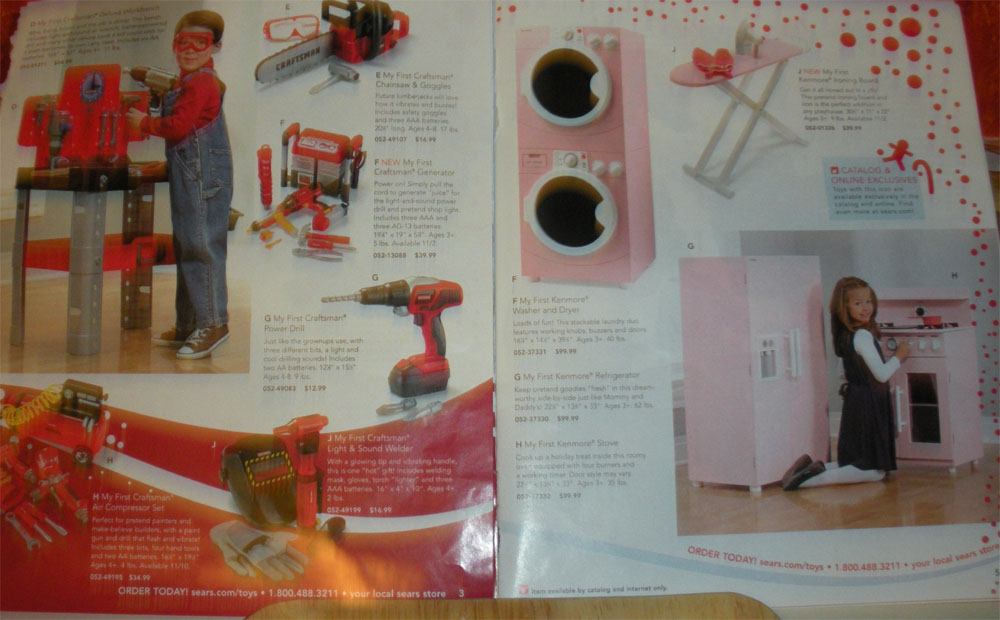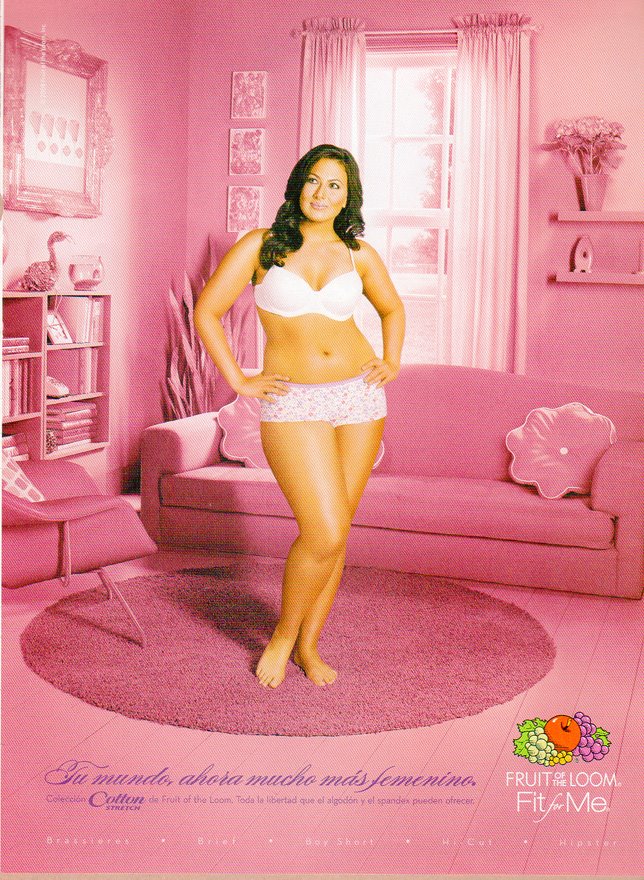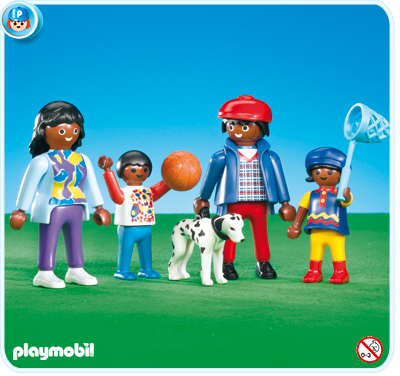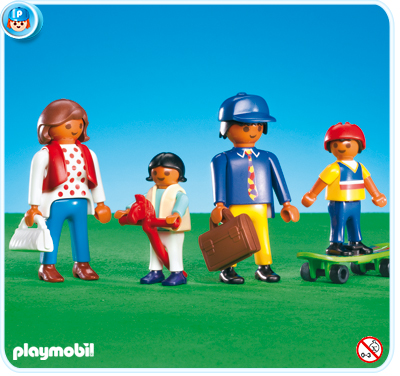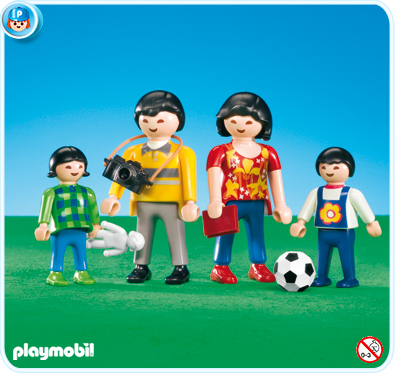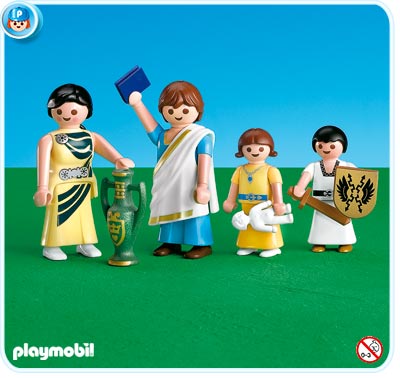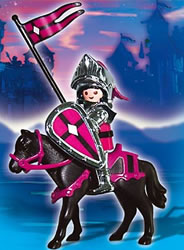Welcome to Christmas 2008!
Rose McM. sent us this great example of rigidly gender-coded toys from the Sears Wish Catalog (click to enlarge):
NEW! (Jan. ’10): Sarah O. snapped this photo of toys that teach girls they should cook and care for babies, while boys can build things and be doctors:
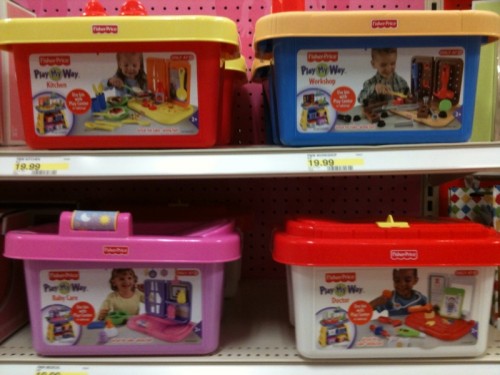
See also these posts on the Rose Petal Cottage and Tonka Trucks (“built for boyhood!”).
Lisa Wade, PhD is an Associate Professor at Tulane University. She is the author of American Hookup, a book about college sexual culture; a textbook about gender; and a forthcoming introductory text: Terrible Magnificent Sociology. You can follow her on Twitter and Instagram.

